
Punnett Squares
Punnett Squares
Organizing data is key in drawing correct conclusions and making accurate predictions.
Learning Outcome: Use a Punnett Square to predict the genotypes and phenotypes of offspring produced from parental crosses.
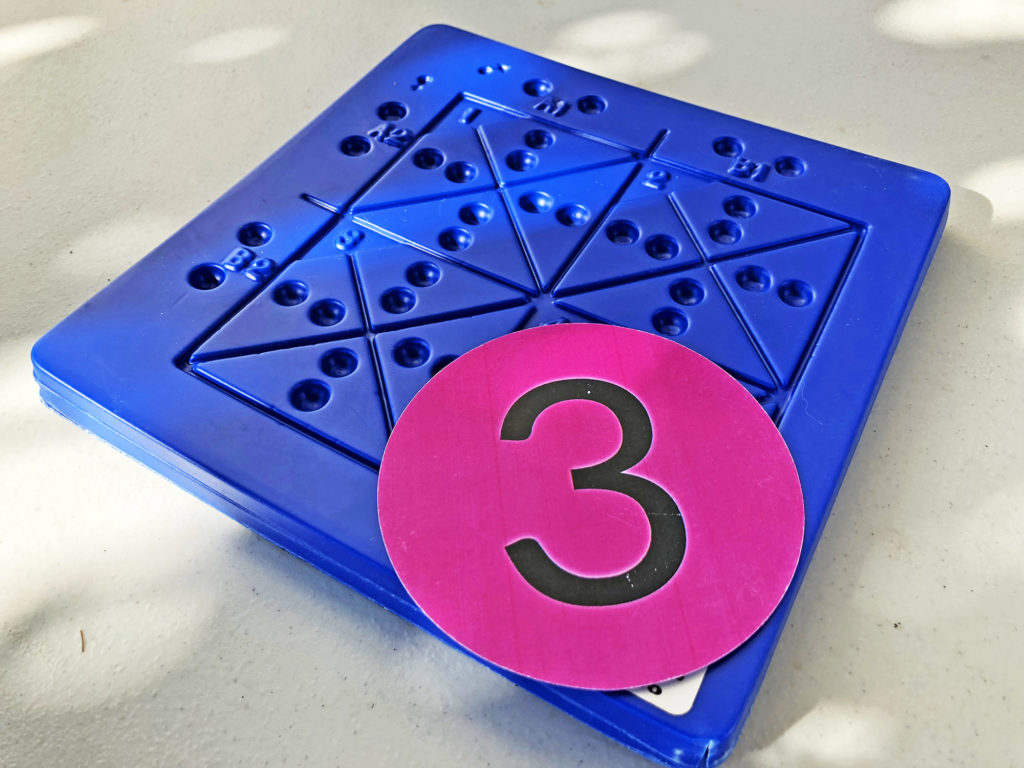
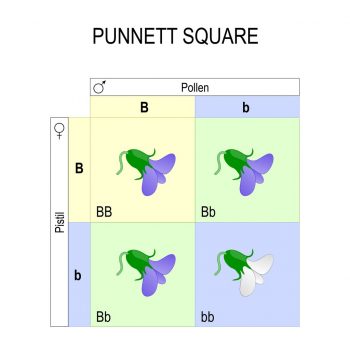
Once you know the alleles present in sperm and egg, it is possible to predict the genotypes and phenotypes of the offspring.
Punnett squares are a technique for keeping alleles straight as you predict the offspring from generations of crosses.
Mark demonstrates writing a Punnett Square
Watch this video; you can select the closed captioning “cc” option if you would like to see the text.
We are using domesticated rats to demonstrate Punnett squares, and for genetic and behavioral study in future guides.
If you want to see the adoption process for these rats, watch this video. If not, you can skip to the next video.
This video shows six rats numbered one through six. Take notes on their appearance and behaviors. After the video you will be completing a Punnet square and predicting which of the males are related.
Watch this video; you can select the closed captioning “cc” option if you would like to see the text.
Rat coat (fur) texture and color
Rat coat color, pattern, and texture all have a genetic basis
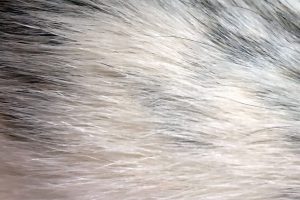
Smooth Hair
Dominant (AA, Aa) long thin hair that lays flat; photo = rat #2
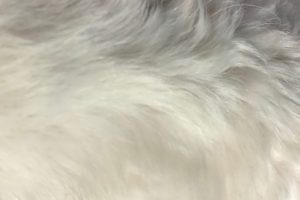
Rex Hair
Recessive (aa) waved or curled hair; rat = #3
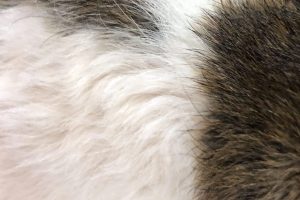
Brown Hair
Dominant (BB, Bb) wild-type agouti hair; rat = #1
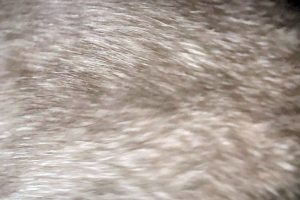
Beige Hair
recessive bb) lacks the pigment found in agouti hair; rat = #6
We’re crossing two parent rats. One is true-breeding smooth and the other is true-breeding rex. The genotype of the true-breeding smooth parent is “AA” and the genotype of the rex parent is _____.
Predict the F1 offspring genotypes and phenotypes, using a Punnett Square.
hint: all of the F1 generation should have the same genotype and phenotype, similar to the Punnett Square in the video.
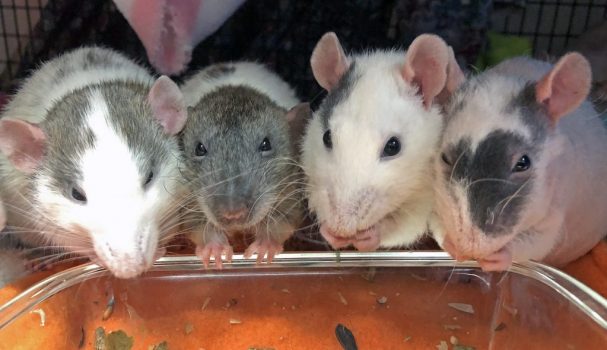
These male rats were from two different litters. Typically siblings have the most structural traits in common. From your video lecture observations, which of the rats do you think are related?
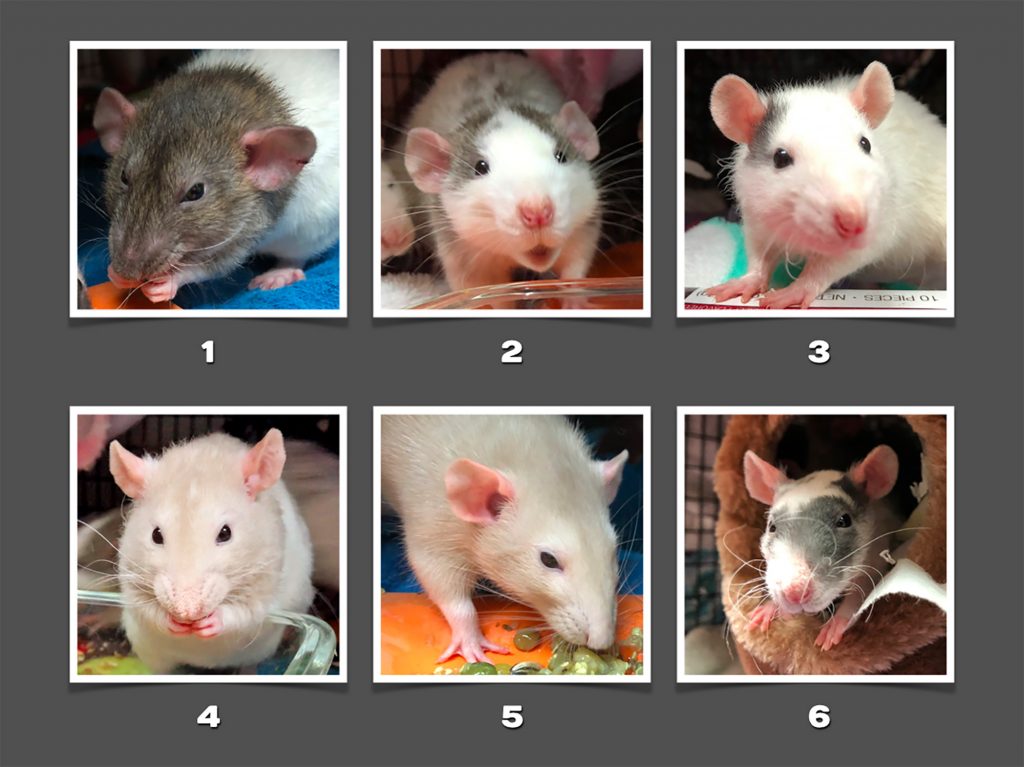
answer: rats 2 and 5 are brothers (smooth hair, dumbo ears); rats 3, 4, and 6 are brothers (rex hair, standard ears). #1 is a bit of a mystery: he has rex hair and dumbo ears, and distinct behaviors from the other rats. We’ll have more on their shared and contrasting behaviors in an upcoming guide.
Rats show many of the structures and behaviors we are studying in this course.
Here the rats are showing different degrees of competitive behavior after being fed.
The next section will describe rules of conduct scientists follow in data collection and analysis.











